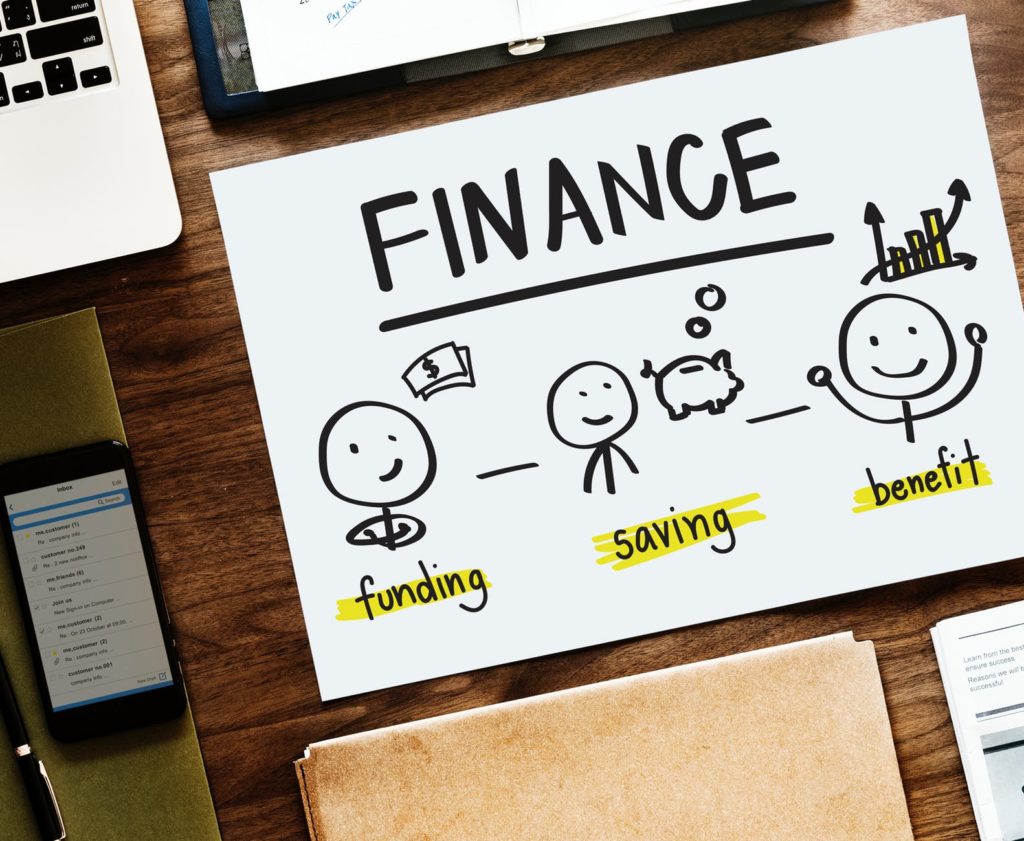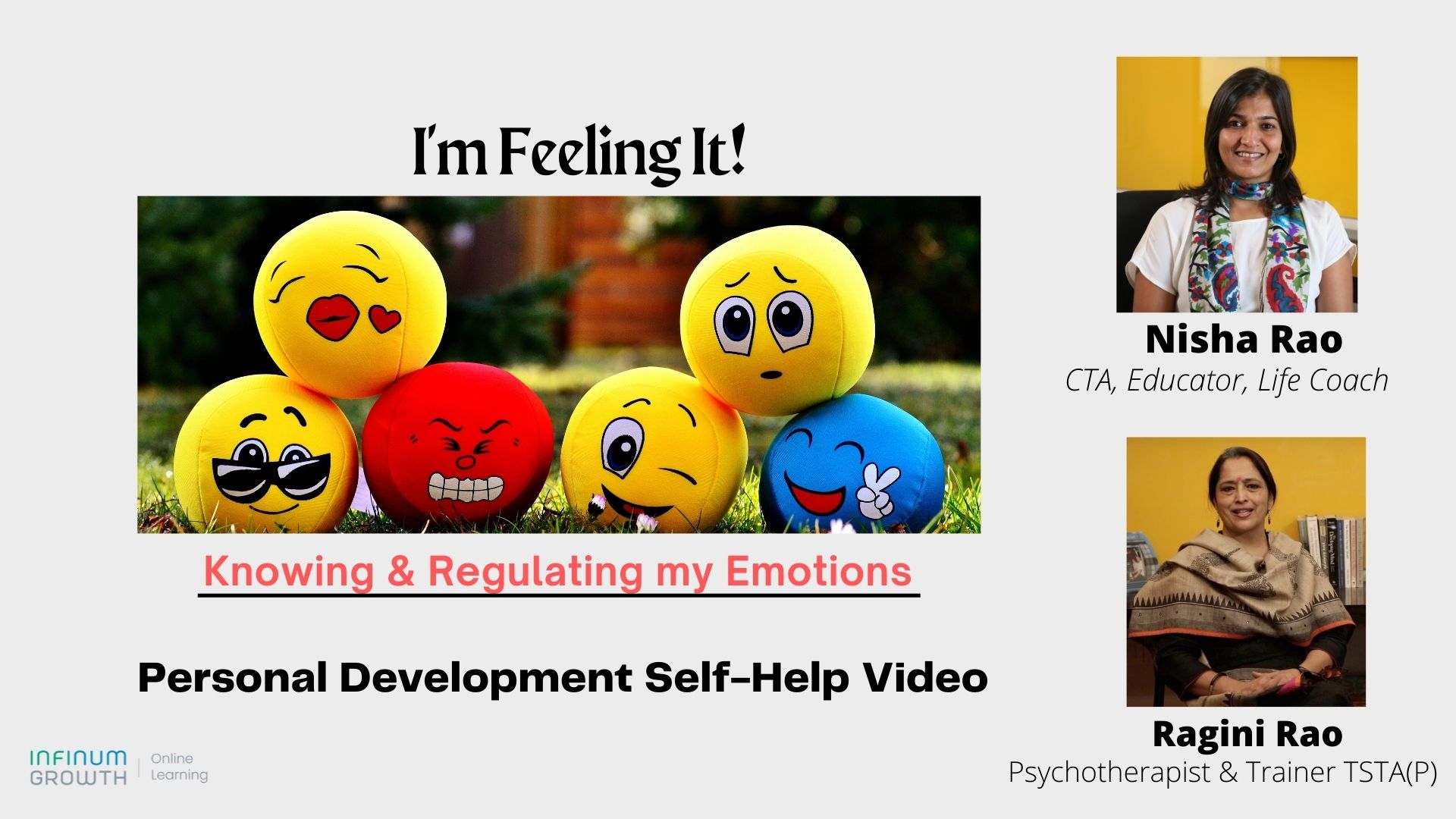Case 1 : Twenty five years back, I had come to Bangalore city to take up a job. It was then a city of about 3.5 million people; Maybe, the fifth or sixth in the list of Metros in India. I had some funds with me, after a short stint abroad. My first impulse was to invest in buying a residential property. I was averse to taking loans; I was carrying a belief that loans should be avoided. So I chose a flat in a good location. I could, instead, have taken a loan, in addition to my funds and bought a larger villa in a gated community coming up at that time, a bit away from the city.
Today when I look back I wonder if it was smart to stay away from the loan! Bangalore now has over 10 million population. The flat has multiplied in value by 5x in 25 years. The villa, on the other hand, has gone up 20x!
What made me hold back on taking a loan, whose EMIs were certainly affordable to pay with my corporate salary? My decision making was based on a conservative belief that loans are an expensive proposition.
Case 2 : A startup has limited funds and a runway of 6 months. It is in the process of building the market; acquiring a set of customers who will take it to the next level of performance.
The founders panic at the thought of just 6 months time left. They let go of a number of critical sales people, believing this will extend the life of the business by another 3 months. But, with this decision making goes the opportunity of rapidly building up the market, to hit the next level. The startup slows down its rate of customer acquisition; and does not cross a critical milestone, which could have helped raise the next round of funds. It may even move towards a shut down.
If only the startup had not let go of the people; and instead, explored options of moving faster and more productively, towards revenues in the six months available, chances are it would have won on both fronts – (1) improved revenues and reduced cash burn, thus prolonging the life of the business with current funds and, (2) convincing investors about the management capability to drive and grow the business.
Decision Making affected by Limiting Beliefs
In both cases, what propelled the decision making was a fear, stemming from a belief. A belief, that was not verified for being valid in that instance.
In the first instance was my fear of loans – that I would pay a heavy interest over 20 years; and therefore end up paying a much higher price for the property. I could not visualise that the property would go 20 times its value in 25 years, whereas the cost of the property, including interest, would have been significantly lower.
In the second instance, the startup could not imagine or believe they could drive the business towards higher revenues and lower burn rate in six months. Their inability to work out a smart strategy; and their own low estimate of their execution capabilities, let them down.
Confronting Risk Perception with Analysis
In both cases, there was a lack of adequate evaluation of options in the decision making. Lack of past experience would have also contributed to lack of confidence in taking the “risk”.
Both in personal life and in managing a business, people often fall prey to this perceived risk. While professional education trains us to go by logic and analysis, we often tend to skip that step and take decisions based on a “gut feel”.
What is this risk that we fear? It is the fear of failure, arising out of a perception, which is based on some limiting beliefs and an inadequate understanding of the situation.
The only way to fight this fear is to confront it with facts.The more we evaluate, the more we build confidence. The risk may still be there, but our minds get more willing to take on the challenge.
Build a logical framework for critical decision making
A logical way to handle decision making in such critical situations, is to ask a few basic questions/take some steps
- What is the fear we have in taking a bolder position?
- What are the other options available which could be taken to reduce the risk and yet keep moving towards the long term goal?
- Evaluating options gives us a comparative scenario. The perceived risks should be converted into figures on a piece of paper or a laptop; and a cost benefit analysis done for each scenario.
- Has anyone else been in a similar situation and taken the bolder option? What was their experience?
- Can someone be consulted to get an independent opinion and guidance? Taking the opinion of experts in the field, who could show paths which we may not have envisaged, is an option people tend to ignore.
- Make all critical decision making a core team effort. Do not allow one person’s fears or lack of precaution affect the path.
Limiting beliefs are acquired in many ways – Learning provided during childhood, facing crisis situations early in life, watching others fail or simply because of lack of a particular kind of experience.
The only way is to do a deep dive and evaluate before making a decision at critical junctures. Life may still go on if we don’t do so; but there will be lesser chances of looking back with regret for lost opportunities.
Please do leave your comments at the bottom and do share with others if you like this article.



















Good post with simple example,nice article Sridhar.